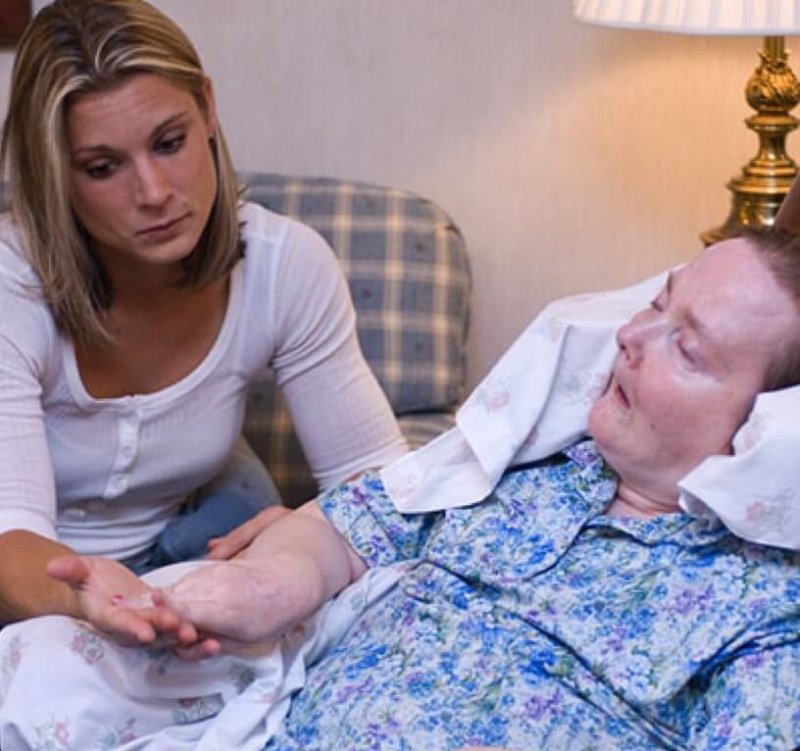The potential of genome-editing techniques, such as CRISPR/Cas9, to alleviate disease burden has ignited the imagination for thousands of researchers looking for new therapeutic strategies.
Now, a group of investigators led by scientists at Emory University is hoping to open up new avenues of neurodegenerative research and rapidly move toward human trials after the release of their new findings. The research team showed that the CRISPR/Cas9 system could snip part of a gene that produces toxic protein aggregates in the brains of 9-month-old mice used as a model for Huntington’s disease. Moreover, the scientists noted that when they looked at the brain region where the vector was applied, some weeks later, the aggregated proteins had almost disappeared. Amazingly, the motor abilities of the mice had improved, although not to the level of control mice.
…
The study revealed the capacity of brain cells to heal themselves if the genetic source of the toxic proteins is removed. Moreover, in comparison with control Huntington’s mice, CRISPR/Cas9-injected mice showed significant improvements on tests of motor control, balance, and grip strength, although they did not recover to the point where they performed as well as control mice.
[Read the full study here]
The GLP aggregated and excerpted this blog/article to reflect the diversity of news, opinion, and analysis. Read full, original post: CRISPR Reverses Huntington’s Disease in Mice































